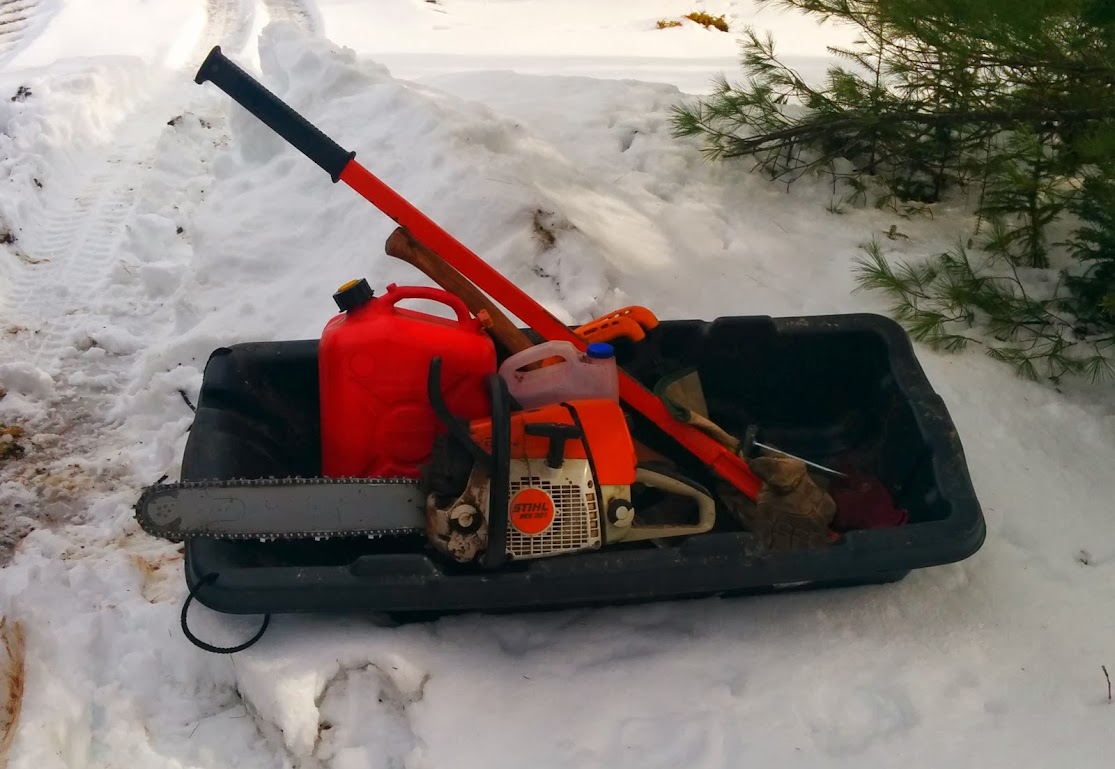The notch is absolutely the determining factor of the fall line. However, that provides 2 possible lines of fall,
I would say it is
a factor.
An important one. If you don't make a proper face cut, the tree may kick back or spin on the stump causing to fall in the wrong place.
But the notch (face cut) alone doesn't determine where the tree will land. A heavy side lean could overcome it easily, especially if you don't compensate in the back cut.
A poorly executed back cut -- in the wrong location (too high or too low), or not "even" (unless you intend to leave a wider hinge on one side to help swing the tree towards the wider hinge as it falls), could cause things to go wrong.
Or a defect in the wood you didn't anticipate could cause a barber chair or other pants changing event to occur.
As I've cut more trees and learned more, for me setting and adjusting wedges give me is a better sense of control, forces me to re-evaluate what I'm doing as I'm setting them and tapping them back in as they loosen up a bit, and a chance to adjust what I'm doing. Much more than when I first started cutting trees and would make a notch in the direction I thought it would fall, and then cut the back as fast as possible.
I especially like on bigger trees when instead of cutting the back as fast as possible with my legs ready to run (as another poster put it earlier in this thread) like a little girl out of the danger zone...I now can go put my saw safely away and come back and drive in the wedges to tip the tree into a fall THEN run like a little girl, but now without a saw in my hands. Lets me hear the wood cracking, and overall better sense of what's happening in those critical moments. Once in a while I have a tree my gut says the safest thing is to cut the back as fast as possible (say a marginal barber chair situation), and I do, but I don't like it when I have too.
The trees too small to put wedges in are probably the most dangerous ones I cut now.
I'm not saying putz around forever under a half-cut tree...but taking little bit extra time to use the wedges and see how things is going as I set them gives me a lot more control.








